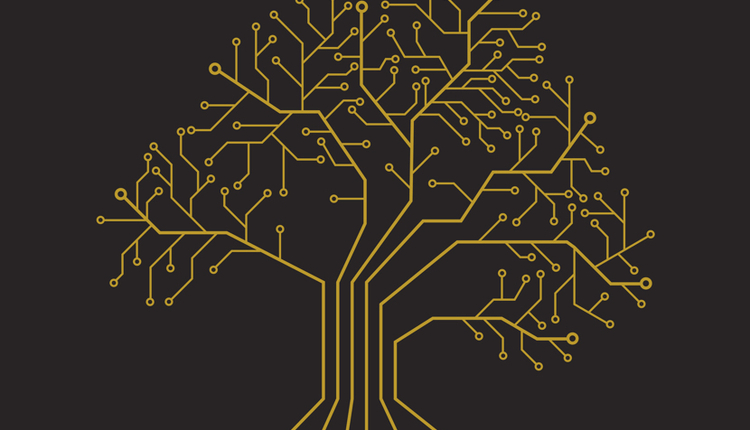
A recent blog from my colleague Bob Larrivee asks, “Why Everyone Thinks ECM Is So Complex." His point was, “There is a tendency to view [enterprise content management] ECM as a complex set of intertwined technology that only a few can understand or implement. In many cases, and I have learned this from teaching thousands of people about ECM, it is not the technology at issue, but the way it is presented to the user community.” I agree with his general premise that the user community should be more involved, but technology complexity is not more or less complex because the user is, or is not, involved.
How do you define complexity? I think it not only applies to the system’s technology and functions but also to the environment in which it is being applied. ECM technology is actually quite complex when you consider that an ECM system is built and implemented for:
1. Individuals who have different work histories and have unique work patterns (file naming, where files are stored, when and how they collaborate with others, etc.).
2. Individuals who have different technology competencies (I still encounter people who use MS Word as a typewriter, who use Excel as MS Word and people who are completely lost outside of their “C” drive or their Outlook directories and files).
3. Departments that differ in their business processes and mandates (engineering, sales, marketing and HR do not have much in common in terms of document management and what they do internally to accomplish their mission).
"Just like most people do not fully use MS Word (80% use 20% of the functions), companies do not use most of the inherent capabilities of an ECM system."
4. Third-party (line-of-business) systems that are often part of an ECM implementation and include systems for accounting, HR, engineering, sales support, project management, etc. Each of these systems will interact with the ECM system differently and needs to be set up for that unique type of work.
5. Overall company needs vis-a-vis document management, which can range from “Whatever…” to highly detailed policies for records management, file deletion, naming conventions (taxonomies), workflow, regulatory and audit needs and organizational collaboration.
6. Social networking systems that are part of the ECM system or third-party systems that need to tie into the ECM system. These systems also use content generated within the ECM system or can generate content that needs to be consistent with the policies of the ECM system.
7. Different access permissions that range from diverse settings within a department to settings that allow outside users to access content. (By the way, Active Directory (AD) will be supplemented by other programs, which also adds to the complexity of an ECM operation–individual files may be further “permissioned” by these third-party programs that allow users to isolate certain directories and files in addition to the basic AD settings.)
Bob states later in his blog that “everything can be simplified, once the audience is understood,” which belies the underlying complexity of implementing an ECM system–it has to be implemented with all the inherent complexities (requirements) defined for users, departments and other systems that will impact the ECM system. ECM technology itself is very complex and seldom effectively or fully implemented–just like most people do not fully use MS Word (80% use 20% of the functions), companies do not use most of the inherent capabilities of an ECM system.
In recent literature, there have been many articles about ECM systems that have failed or have been marginally successful. There is shared blame to go around–vendors, customers and consultants, for example, but there is some fundamental reason for these past, current and future failures, and I think that the unique complexities of ECM system technology is that underlying reason.
Bud Porter-Roth has over 20 years of experience as an ECM consultant, with a focus on electronic document management, records management and paper document projects. Follow him on Twitter @BudPR.























